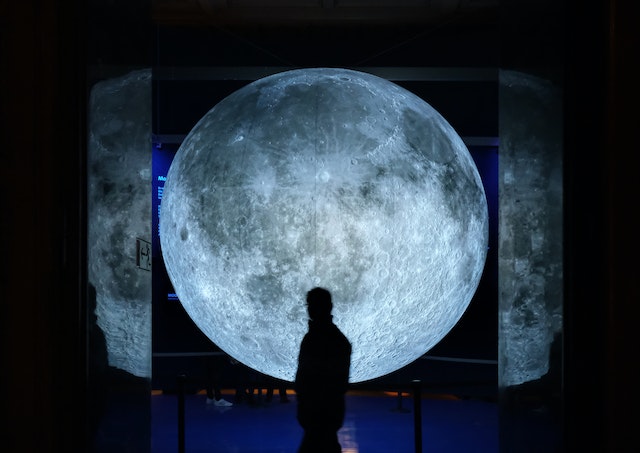Introduction:
India, a nation famous for its rich history and multicultural heritage, has made notable advancements in space exploration endeavors. Lately, the space organization of India has targeted the Earth’s satellite. Through a bold moon exploration, the goal is to broaden our understanding concerning the celestial entity adjacent to Earth. The article examines in detail examination of India’s mission to the moon. It showcases its goals, major achievements, and the influence it may have on India’s aerospace program and scientific investigations.
Objective of the Lunar Mission:
The lunar mission of India, referred to as Chandrayaan, having the Sanskrit translation of “moon vehicle”, seeks to investigate the surface of the moon while also examining its geological, chemical, and mineralogical aspects. The goal of the mission is to improve our knowledge about the the moon’s formation, growth, and the availability of water compounds or frozen at its polar locations. Through performing thorough scientific research, Chandrayaan aims to gain valuable understanding of the lunar structure and its prospective utilization in the future for the investigation by humans.
Key Milestones:
Chandrayaan-1:
Chandrayaan-1, blasted off on October 22, 2008. It effectively positioned a probe on the orbit of the moon. Additionally, conducted a variety of research experiments. The expedition’s remarkable accomplishment was the finding of aquatic molecules on the surface of Earth’s satellite. The finding suggests the existence of potential water supplies.
Chandrayaan-2:
Continuing the achievements of ISRO’s first lunar mission, The space agency launched its subsequent mission to the moon, Chandrayaan-2 spacecraft. The event was debuted on the date July 22, 2019. This challenging endeavor included a spacecraft, a module called Vikram, and an exploration machine called Pragyan. Nevertheless, while landing stage, connection with the probe was disconnected. There was a chance that be unable to reach a comfortable arrival. Nonetheless, the spacecraft keeps operating and offers significant findings related to the moon’s exterior.

Future Missions:
In spite of the difficulties experienced in the Chandrayaan-2 endeavor, India stays dedicated to the program for exploring the moon. The space agency of India has already made public intentions for its third lunar mission. This will include a spacecraft and exploration vehicle, with a concentration on accomplishing a smooth landing. Our objective is anticipated to take off in the immediate coming days. The goal is to accomplish the pending goals outlined by Chandrayaan-2.
Impact on India’s Space Program:
The lunar missions of India have not only made significant contributions to scientific research but have also were instrumental in the progress of the nation’s space program. The accomplishments and knowledge gained from these ventures have strengthened the belief of the ISRO scientific community. This has reinforced the position of India as a competent participant in the worldwide space business. The space missions have further encouraged a new wave of Indian innovators and inventors. This has developed a strong interest for the exploration of outer space and inventive thinking.
Scientific Discoveries and Future Endeavors:
The information collected from the lunar expeditions conducted by India, notably the finding of water components on the exterior of the moon. This has presented valuable understanding for the exploration of the moon in the future. The existence of liquid creates opportunities for long-term human habitation in lunar environment. There is a possibility that serve for potable water, farming, and manufacturing of fuel for rockets.
In the future, India imagines further ambitious undertakings, including missions with human presence to the lunar surface and further. These efforts would not only enhance our comprehension of the cosmos but also contribute towards technological innovations and motivate future generations to follow career paths in STEM subjects.
Conclusion:
The lunar missions of India have propelled India’s space program to greater achievements. We have increased the understanding about the moon. This space exploration successive expeditions have demonstrated India’s scientific prowess and perseverance to delve into the mysterious. Notwithstanding a few setbacks, it’s been evidence of India’s success. With upcoming expeditions in the near future, India persists to aim for lunar exploration. It helps to the joint endeavors of mankind to decipher the puzzles of the celestial realm and lay the groundwork for forthcoming cosmic journeys.




